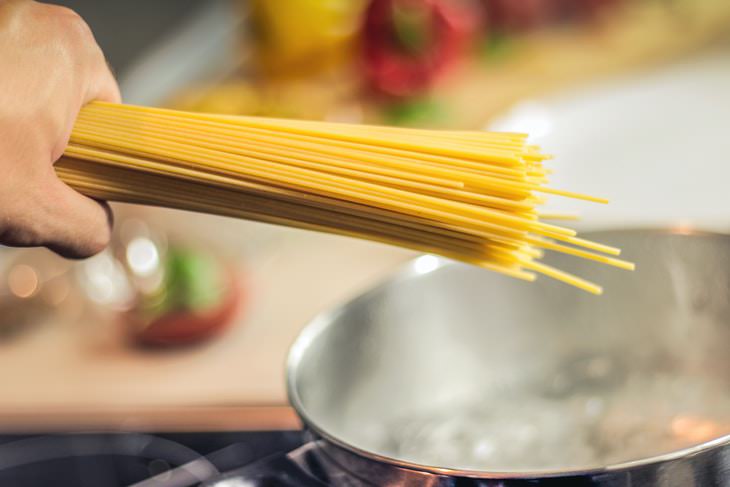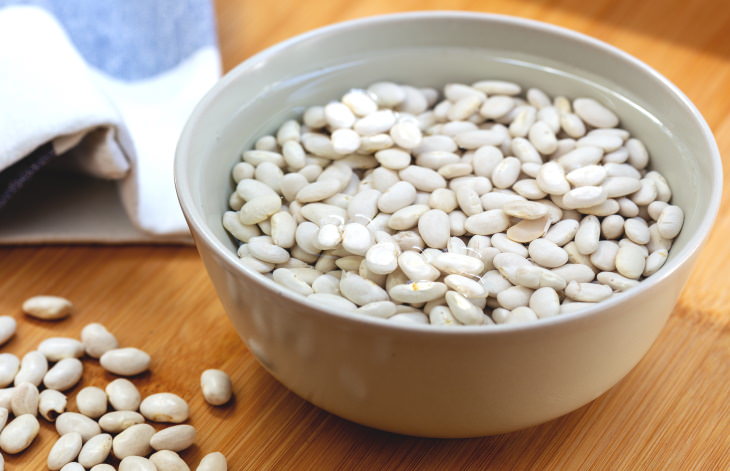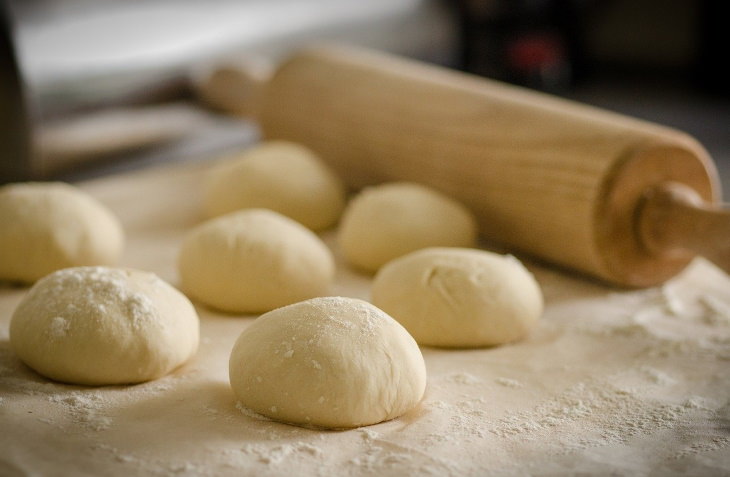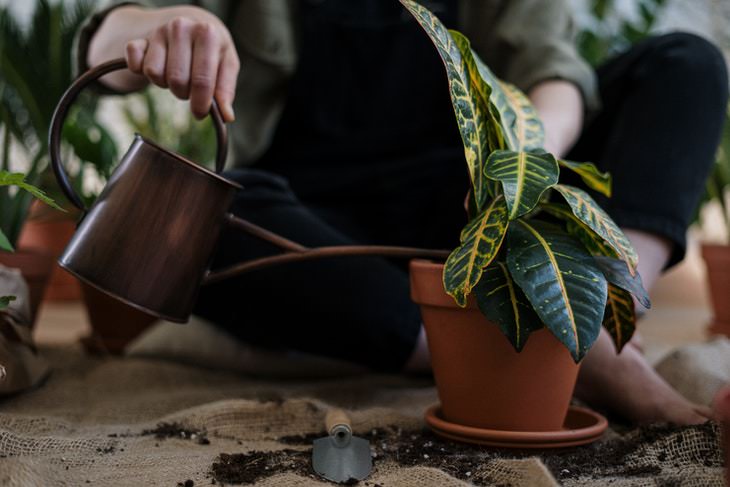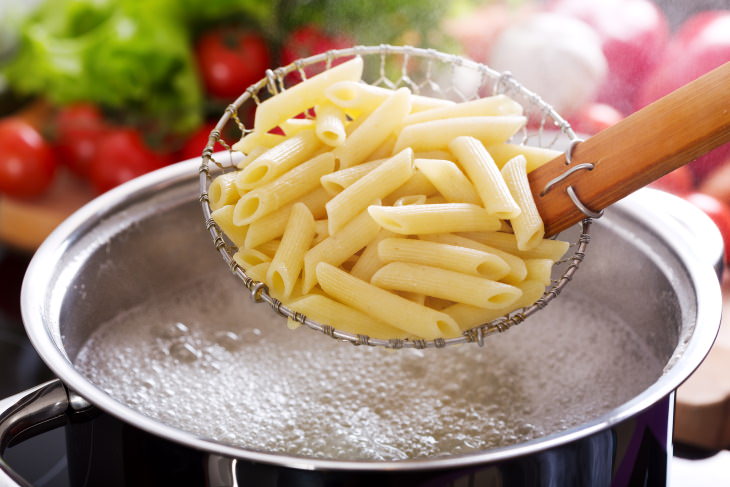1. Enhance the taste of sauces and stews
Done cooking the pasta? Instead of draining the water completely, leave a cup or so of the water and add it into your pasta sauce, stirring and incorporating until the sauce becomes thick and rich. The starch content of the cooking water will upgrade your pasta sauce to fine restaurant level, adding that richness and silkiness characteristic of chef-made sauces.
The slight saltiness of the water, in turn, will add extra flavor to the sauce, and the starches will help make the sauce thicker. But don’t stop at just adding the pasta water to pasta sauces like Alfredo or Bolognese, store a cup of pasta water in the fridge and use the same trick to give stews and slow-cooked one-pot meals that extra flavor and richness, too.
2. Soak legumes in pasta water
Pre-soaking dried legumes like beans, peas, lentils, and chickpeas is a must - this allows them to absorb moisture and plump up before cooking, so it is guaranteed to shorten the cooking time of all legumes. While most people cover the legumes with room-temperature water, using cool pasta water instead is a real game-changer.
When soaked overnight in pasta water, the legume will not only soften but will also absorb some of the savory salty flavors as well. Keep in mind, though, that you will likely need less salt to cook legumes pre-soaked in the pasta water.
3. Use pasta water to make bread or pizza dough
The basic ingredients of any dough are simple - water, salt, and flour. But if you replace the water with pasta water, chances are you won’t need to add any salt at all, so you’re essentially eliminating one of the steps in the recipe and saving time.
Since pasta water also contains some starches, it will render your dough more stretchy, elastic - and hence more delicious too - which is extremely useful when making sourdough for things like pizza crust and bread.
4. Improve homemade pesto pasta
What’s the trick to making pesto pasta silky and smooth rather than clumpy and dry? You guessed it, add a splash of warm pasta water, and you’re golden. Do keep in mind that the process of adding in the pasta water is slightly different from other sauces.
Rather than adding the pasta water directly into the sauce and combining until smooth, combine the pasta and the pesto in a bowl first, and then add in about ¼ cup of pasta water bit by bit, simultaneously stirring the pasta. By adding in the warm pasta water and not cooking the pesto, you’ll help the pesto stick to the pasta better while preserving the natural taste of fresh herbs.
5. Use pasta water for watering flowers
This last tip is kind of unconventional, we understand, but we say try it and tell us what you think! It involves letting the pasta water cool down completely and then using it to water your indoor or outdoor plants. The starches and slight saltiness of the water mean that it contains vitamins and minerals beneficial for plants, so you can use it to water flowers and other plants from time to time.
Best of all, it will help you repurpose the same water, which means that you’ll end up saving water in the long run!
Tips for Collecting and Storing Pasta Water
As you already know now, pasta water has quite a few handy uses in and outside of the kitchen. So, by now you must be wondering - what is the best way to save and store pasta water? And most importantly, is all pasta water good to mix into other foods and water your plants?
Let’s begin by answering this last question. The best kind of pasta water to use in both cooking and gardening isn’t too salty and cloudy. This is why we recommend against using pasta water in which you’ve cooked pasta twice, as it will be quite cloudy, which means it’s too high in starches and may be too sticky.
Likewise, pasta water that’s saltier than the soup or sauce you usually make is better discarded, as by using it you’re running the risk of adding too much salt to dishes or hurting your plants. Now, how do you separate pasta from pasta water without flushing the pasta water down the drain? This one’s pretty simple, all you have to do is use tongs or a pasta fork to retrieve the pasta, and you’ll be left with plenty of pasta water at the bottom of the pan.
Now it’s up to you how much of the pasta water you’ll want to use, but make sure to allow it to cool off before pouring it in a jar or bottle to save in the fridge for later. The pasta water will stay good for 2-3 days if stored in the fridge.
Share these tips with those who enjoy cooking!

